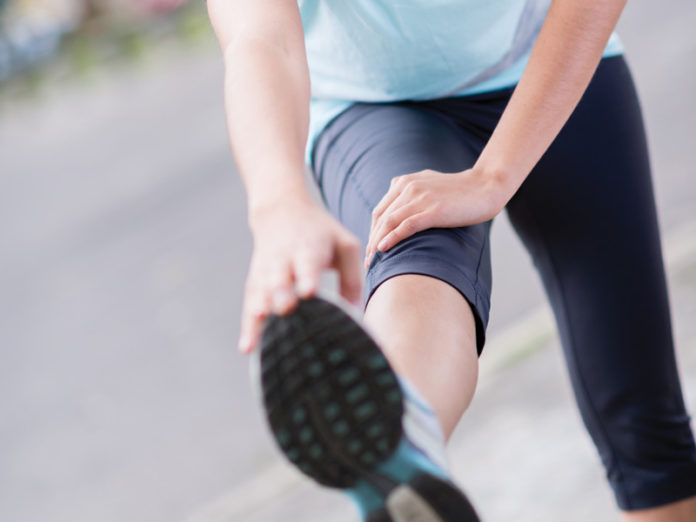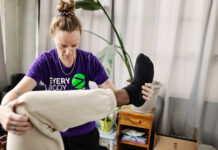
Whether you are an endurance athlete, weightlifter or training for your first 5K, the ability to recover is fundamental to any training and performance plan. Simply stated, one workout doesn’t make an athlete. It is the consistency of many, many workouts repeated over and over again that will let you perform your best on race day.
In order to get stronger, go longer, get faster and stay injury free, your body has to recover. It’s not an option. You either help your body do it or it will find its own way.
Primary recovery needs to occur in stressed musculoskeletal, cardio (heart and lungs) and endocrine (adrenals & immune) systems.
Study IMPACT’s warning signs and guidelines for recovery to make sure you are getting the most out of your workouts. Put these techniques into play and, guaranteed, you will feel the difference.
Signs You Are Not Recovering Well
-
- One or two rockstar workouts, then it’s like you’ve never trained in your life.
- You get colds, flu, heightened allergies, cold sores.
- Muscle weakness, decrease in strength
- Fatigue — beyond workout tiredness that can become chronic.
- Crankiness, depression, mental fog.
- Muscle cramping.
- Poor sleep.
- Bonking in workouts, unpredictable nutrition needs: i.e. what used to work doesn’t work anymore; life bonks: i.e. blood sugar issues, food allergies.
- Lack of performance despite effort. You are not getting better or even getting worse.
- Injury.
Recovery Guidelines
-
- Calories: At the latter part of your workout, finish that last bit of bar or drink. This completes your workout and lets the recovery process begin.
- Hydration: Drink water until your pee is light yellow or clear.
- Recovery Window: You have about an hour after a workout to get key nutrients into the muscles to rebuild and recover. Take in protein, with the primary nutrient l-glutamine. Whole food (vegetarian/alkaline) based protein powder is your best source. Protein helps replenish glycogen stores and knits microtears in the muscles. Have a recovery shake ready after you train.
- Roll It Out: Use a massage stick, foam roller or your hands, rolling muscles up toward your heart. Do this 10 times to flush lactic acid and reduce muscle stiffness.
- Easy Stretch: After a workout, stretch lightly, enough to get the blood moving.
- Legs Up Wall: Lay on your back, legs up on the wall for 10 minutes to flush out blood.
- Ice it, Rub It, Compress It: If it’s swollen or injured (and if you’re tough) try an ice bath; apply muscle rubs to increase circulation; compress sore muscles or the lower extremities to get oxygen-rich blood flowing.
- Eat Quality Food: Eat colourful, whole fresh food — berries, dark greens and foods high in omega 3 and antioxidents. You work your body hard, don’t reward it with crap.
- Active Recovery Workouts: An easy run, swim or spin the day after a hard workout allows you to adapt to stress and get ready for more good efforts.
- Rest: Make time for naps, early bed or days off. Recovery occurs during rest.
Magnesium: The Recovery Nutrient
Increasing research shows that magnesium is the key to all things recovery, especially if you tend to get muscle cramps, sleep poorly or you lack green nutrient-dense veggies in your diet. Considering 80 per cent of the population is magnesium deficient, you may be, too. Try ion based magnesium every night. Sweet dreams equals happy recovery.
















